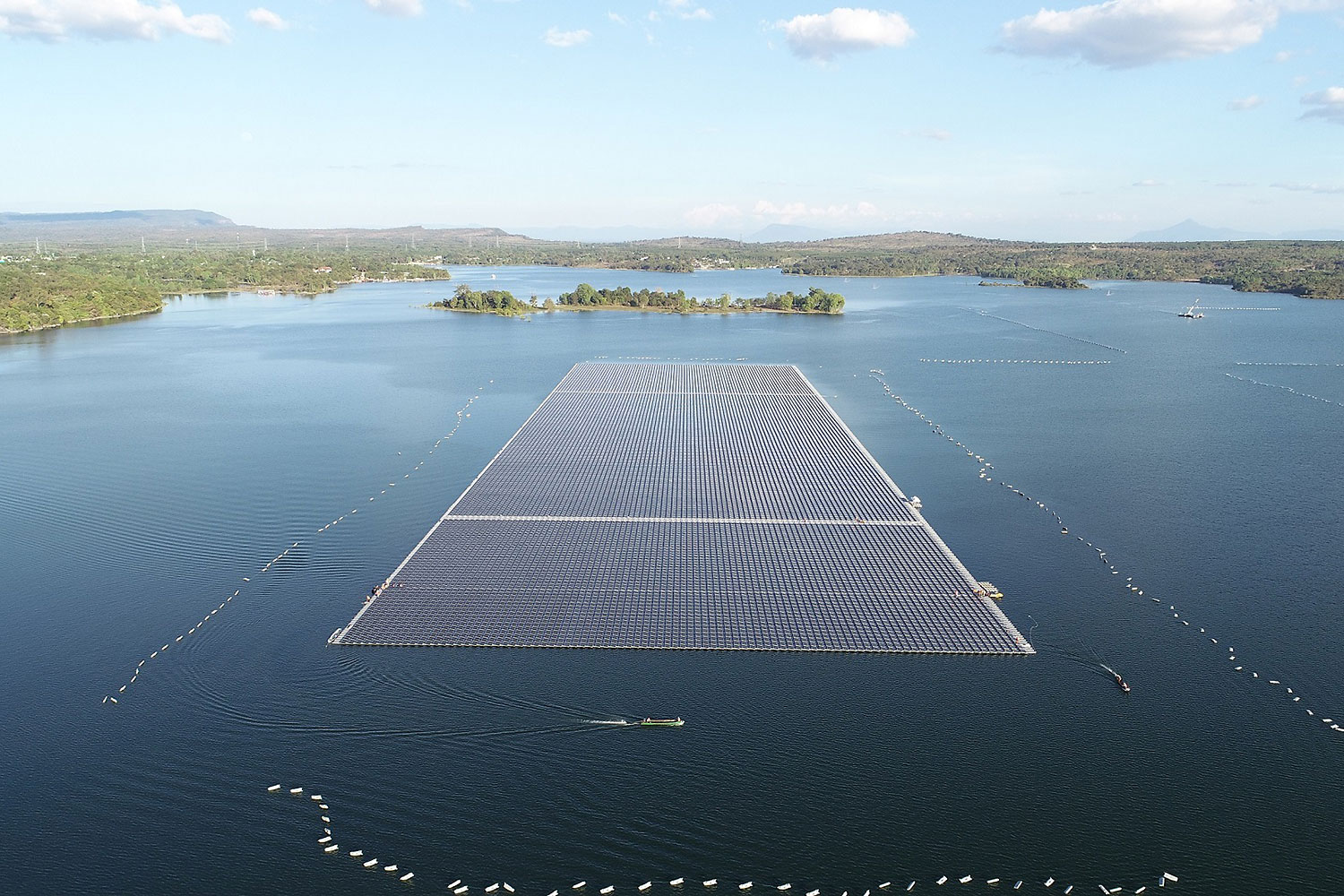
Amid the Covid-induced economic gloom, it was perhaps a surprise to see that the first-quarter profit of companies listed on the Stock Exchange of Thailand had risen by 137% from the same period last year. The energy sector, which accounts for 35-40% of total SET market capitalisation, was the key contributor to this impressive performance.
While the global rise in oil prices was a key contributor to the gains, the fact that Thailand's energy companies are becoming regional powerhouses and making the transition to renewable and smart energy production was the underlying success story.
Thailand was Southeast Asia's leading producer of renewable energy, particularly solar energy, until recently. That coveted position now belongs to Vietnam, which is also the region's largest source of solar power, producing about 34% of Southeast Asia's output, followed by Thailand at 17%.
Both countries enjoy abundant sunshine, with one German investor estimating the energy output of the region's solar plants is 1.5 to two times higher than similar-sized plants would have in Germany. However, Thailand lacks the available land needed to develop large-scale solar projects.
Building floating power projects is one innovative solution to this problem, and the Electricity Generating Authority of Thailand is currently building the world's largest hydro and solar farm in the reservoir of the Sirindhorn dam in Ubon Ratchathani. Many local companies are also expanding simply by investing in Vietnam's solar sector.
Renewable energy is becoming an increasingly important story across Southeast Asia in the development of each country's economy and energy independence. Asean has set a target of producing 35% of its energy from renewable sources, such as solar, biomass, wind, hydro and waste, by 2025.
Thailand aspires to become the region's renewables superpower and wants to sell surplus energy to neighbouring countries such as Myanmar and Cambodia. To do this it needs to build transmission lines so that energy is available when and where it is needed.
Myanmar does not lack energy sources -- it has an abundance of gas and coal -- and of course sunshine like elsewhere in Southeast Asia. However, it needs investment to process and transmit that energy to industry and households in a country where many people still do not have electricity in their homes.
Industry leaders have ambitious plans to create a closely integrated Asean Power Grid, as well as growing interest in efficient infrastructure, which is essential for both energy conservation and social equity. This is an area of increasing collaboration across countries.
Examples include PTT partnering with Envision Digital International of Singapore to build a smart power grid in the Wang Chan Valley in Rayong, part of the Eastern Economic Corridor. Power Ledger, an Australian company, is partnering with BCPG, a Thai renewable energy company, and Thai Digital Energy Development to set up a renewable energy marketplace for the region using blockchain.
The Asean Economic Community was formed in 2015 with the intention of building a regional economic community. It seems that energy development is one of the most promising areas where we are seeing this happening.
Dr Thaweelap Rittapirom is a director and executive vice-president of Bangkok Bank. For more columns in this series, please visit www.bangkokbank.com